THỰC TRẠNG NHIỄM TRÙNG TIẾT NIỆU LIÊN QUAN ĐẾN ỐNG THÔNG TIỂU TẠI KHOA HỒI SỨC TÍCH CỰC – CHỐNG ĐỘC BỆNH VIỆN ĐA KHOA XANH PÔN NĂM 2024
Nội dung chính của bài viết
Tóm tắt
Mục tiêu: Nhiễm khuẩn tiết niệu liên quan đến ống thông tiểu (CAUTI) là một trong các vấn đề ảnh hưởng đến kết quả và chất lượng điều trị cho các bệnh nhân ở các đơn vị hồi sức tích cực, nghiên cứu thực hiện để mô tả thực trạng nhiễm khuẩn tiết niệu liên quan đến ống thông tiểu. Phương pháp nghiên cứu: Nghiên cứu mô tả cắt ngang trên những bệnh nhân được đặt sonde tiểu tại khoa Hồi sức tích cực – chống độc Bệnh viện đa khoa Xanh Pôn từ tháng 1/2024 đến tháng 10/2024. Kết quả: Trong 115 bệnh nhân có tỷ lệ nam/nữ là 1.5/1, tuổi trung bình: 70,58±16,2 tuổi, tỷ lệ CAUTI là 25,2%, tần suất là 25,5 ca/1000 ngày lưu sonde tiểu. Thời gian lưu sonde tiểu càng dài thì tỷ lệ CAUTI càng cao, tỷ lệ CAUTI với lưu sonde trên 5 ngày là 28,3%, trên 7 ngày là 33,3% và trên 11 ngày là 40%, tại thời điểm 11 ngày, có OR là 3,57 với p < 0,05. Trong các nguyên nhân phân lập được, K.pneumoniae là vi khuẩn hay gặp với 24,14%, C.albicans và C.tropicalis là nguyên nhân hay gặp với cùng tỷ lệ 20,69%. Kết luận: Nhiễm khuẩn tiết niệu liên quan đến ống thông tiểu (CAUTI) là bệnh lý thường gặp tại khoa Hồi sức cấp cứu và chống độc – bệnh viện đa khoa Xanh Pôn với tỷ lệ là 25,2%, tần suất là 25,5 ca/1000 ngày lưu sonde, việc tối ưu thời gian đặt sonde là chìa khóa để hạn chế CAUTI.
Chi tiết bài viết
Từ khóa
nhiễm khuẩn tiết niệu, ống thông tiểu, vi khuẩn tiết niệu
Tài liệu tham khảo
2. Chang R, Greene MT, Chenoweth CE, et al (2011). “Epidemiology of hospital-acquired urinary-tract-related bloodstream infection at a university hospital”. Infect ControHosp Epidemiol,32,1127–9
3. Burton D, Edwards J, Srinivasan A, et al (2011). “Trends in catheter-associated urinary tract infection in adult intensive care units-United States, 1990–2007”. Infect Control Hosp Epidemiol, 32:748–56
4. Peng D, Li X, Liu P, Luo M, Chen S, Su K, Zhang Z, He Q, Qiu J, Li Y (2018). “Epidemiology of pathogens and antimicrobial resistanceof catheter-associated urinary tract infections in intensivecare units: A systematic review and meta-analysis”. Am J Infect Control, 46(12), 81-90
5. WHO (2019). Report on the Burden of Endemic Health Care-Associated Infection Worldwide
6. Lê Sơn Việt (2019-2020). “ Đánh giá tình hình nhiễm khuẩn bệnh viện tại khoa Hồi sức tích cực Bạch Mai năm 2019-2020”
7. Phạm Minh Tiến và cộng sự (2017). “Đặc điểm các trường hợp nhiễm khuẩn niệu liên quan ống thông tiểu tại bệnh viện đại học Y dược TPHCM 2017”. Thời sự Y học t12/2017, 26-30.
8. Phạm Hữu Đoàn (2019). “Tỷ lệ nhiễm khuẩn đường tiết niệu mắc phải trên người bệnh đặt thông thiểu và các yếu tố liên quan tại Bệnh viện Bình Dân năm 2019


